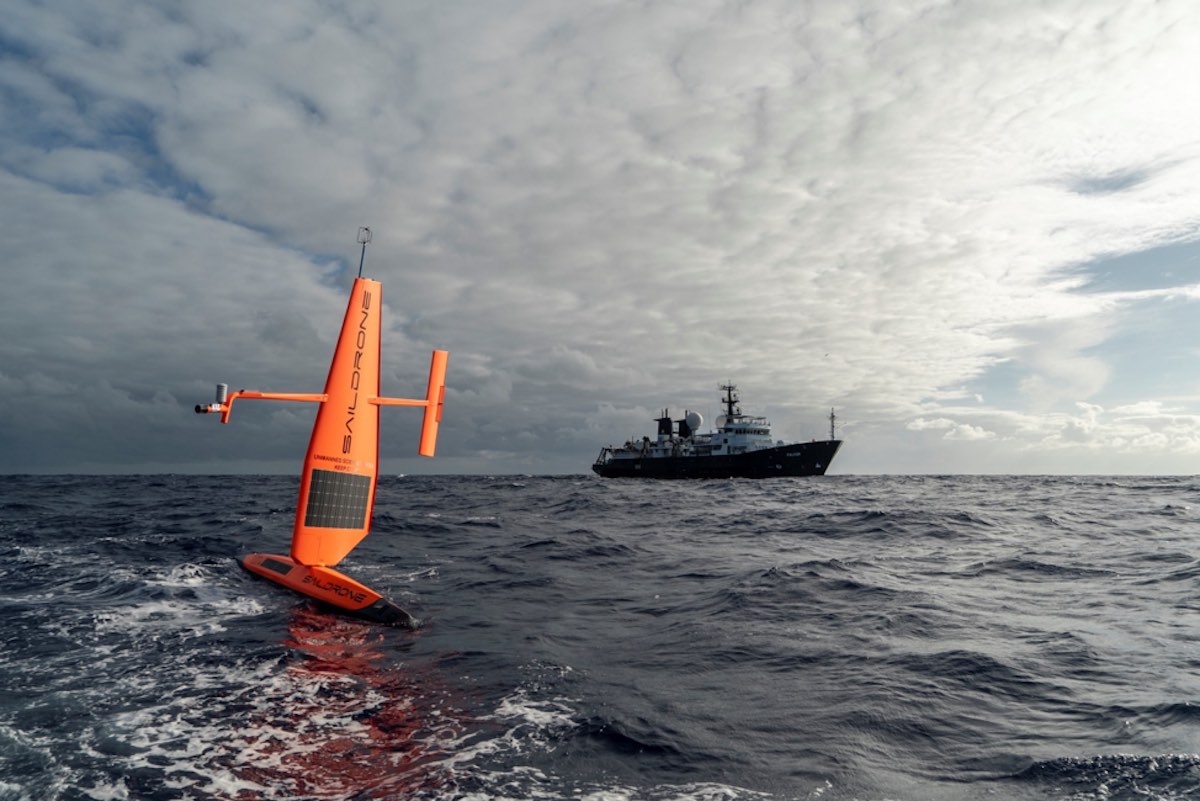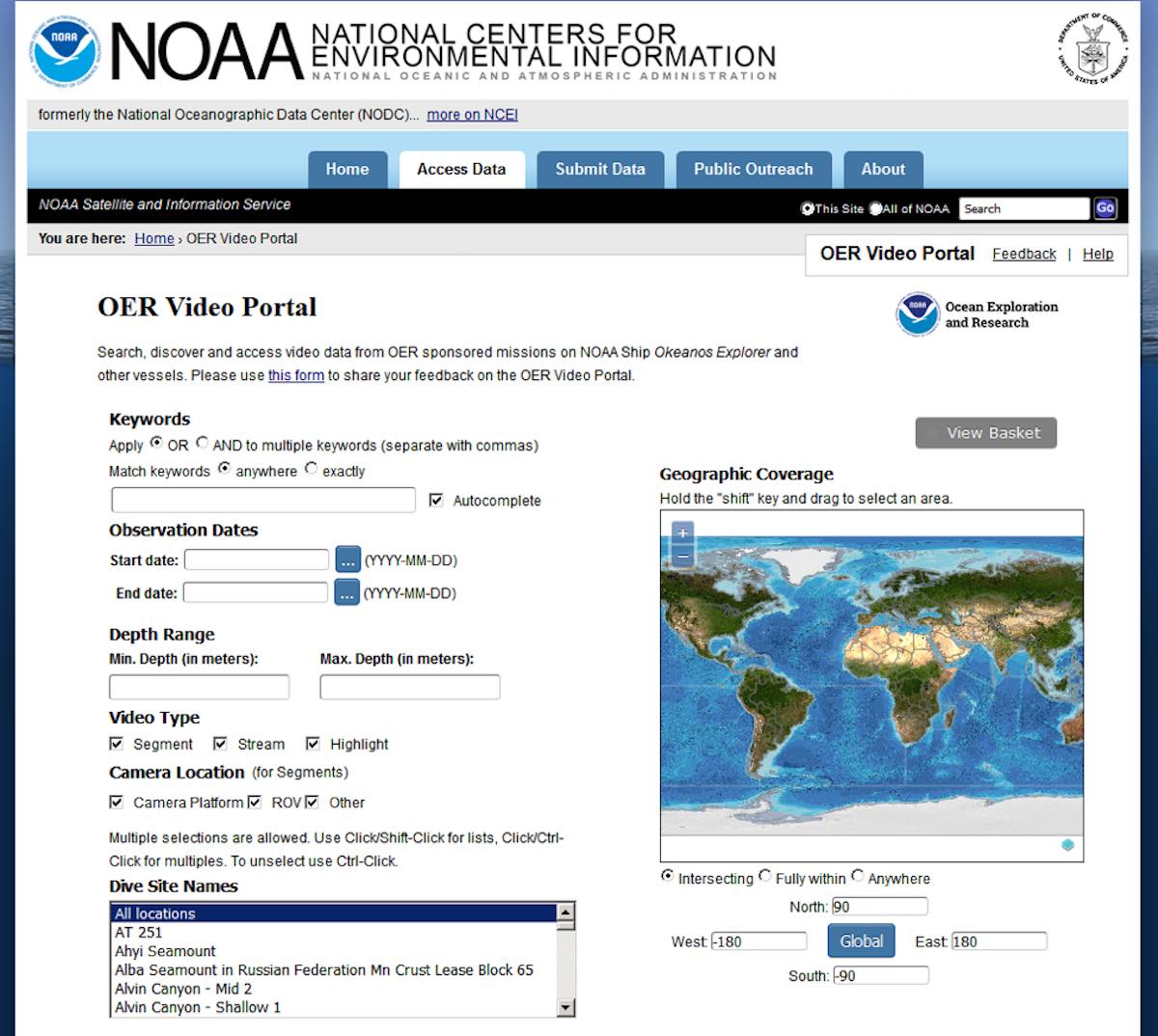Can New Technology Help Save the Ocean?
NOAA workshop highlights exciting emerging tech.

Who doesn’t want to be in a room of the best minds working together on awe-inspiring new technologies to save our ocean?
As fans of all things ocean data and science, we were thrilled to represent Ocean Conservancy at NOAA’s Emerging Technologies Workshop this year. It highlighted impressive new technologies being developed by ocean agencies and other research partners to manage and protect our ocean.
Here are four of our favorites from more than a dozen new ocean technologies that were shared with a rapt crowd of ocean nerds:
Saildrones traversing the ocean collecting data.
Saildrone’s 23 foot long autonomous vessels can sail for up to a year at a time on solar and wind power alone, carrying cutting edge ocean sensors across the parts of our ocean we know the least about, and unlocking new information and insights. With 25 Saildrones already out at sea, the network is growing, and they are focusing on learning new things like why great white sharks visit the “white shark café” in the Pacific and how climate change is impacting the North Atlantic.

Ocean Exploration office creates a searchable video database.
Over the last few decades our ability to use technology to explore the deep ocean has grown exponentially. As part of that explosion, we’ve collected thousands of hours of high resolution video of the deep ocean, and just like the videos on your camera phone—all of those images can be a lot to store and manage. Recently, NOAA’s Office of Ocean Exploration and Research took on the daunting task of making that video searchable to a stunningly specific level, including species that are on-screen. The result is a boon for scientists looking for specific videos to support their research, and just downright fun for all ocean lovers who can now easily search for videos that used to be nearly impossible to find!

Scientist’s hack equipment to listen to whales.
Unfortunately for us at Ocean Conservancy, the high-tech equipment used to do acoustic surveys for whales is not available at your local hardware store. So where does it come from? A lot of it is built by hand by the scientists who need it. But that can lead to problems. For instance, where do spare parts come from when something breaks? What if someone else needs to use your equipment and doesn’t know how it works? NOAA scientists have tackled some of these challenges by getting together and building their equipment workshop-style (How do I get invited to that party?). This innovation has allowed multiple researchers around the country to use the same hand-made acoustic equipment, so they can swap parts, share gear and make sure that the results of their research are comparable.
“OK Google” processes 19 years of whale songs in a few hours.
You read that right. The same software that can figure out what toppings you’re ordering on your pizza can tell you if that’s a beaked or humpback whale singing on that recording. What used to require hours of effort from scientists to listen to tape and identify whales can now be done by AI. Google’s “AI for social good” worked with researchers at NOAA to pull together and process years of recordings—so much that one person would have needed 19 years to listen to it all! This software advancement is revolutionizing the efficacy of acoustic surveys for whales and will help scientists manage for healthy whale populations.
These are just four of the remarkable tech advances supported by NOAA that are helping to save our ocean.
We must continue to invest in NOAA and other federal agencies that spur the research and development of tech that support ocean conservation.